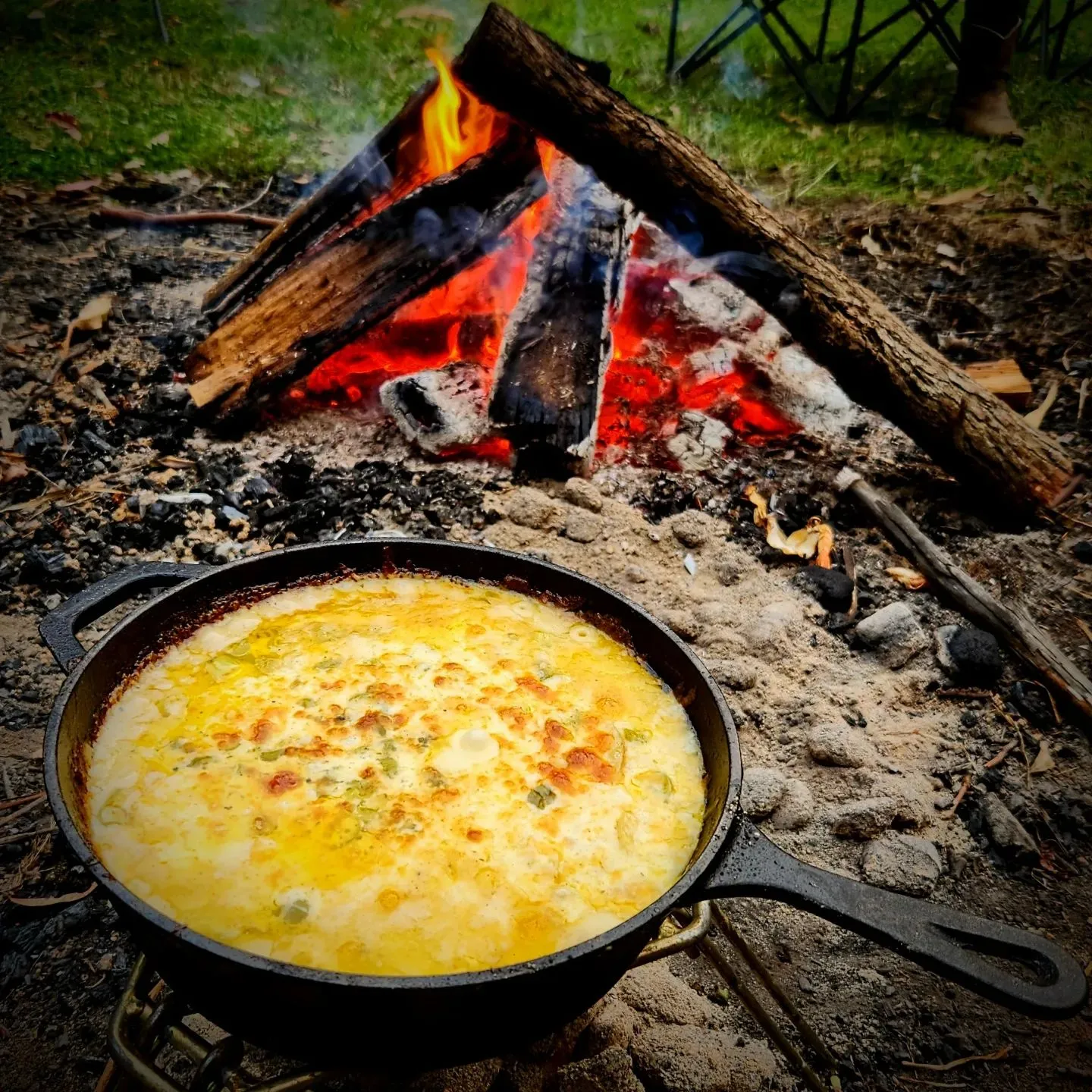
Tips for Reviving and Maintaining Your Vintage Cast Iron Skillet
Restoring Old Cast Iron Skillet A Journey to Culinary Revival
Cast iron skillets have been a staple in kitchens for generations. Their durability, heat retention, and natural non-stick properties make them a favorite among cooking enthusiasts and professional chefs alike. However, many cast iron skillets out there are old, neglected, and stripped of their former glory. Restoring an old cast iron skillet is not only a rewarding experience but also a way to invest in a timeless piece of cookware that can last a lifetime with proper care.
The Appeal of Cast Iron
Before delving into the restoration process, it’s essential to understand why cast iron skillets are so beloved. Unlike modern non-stick pans, cast iron develops a natural non-stick surface when seasoned correctly. Moreover, they are exceptionally versatile, able to transition from stovetop to oven with ease. This versatility, combined with the ability to retain heat, makes cast iron ideal for searing meats, baking cornbread, or even frying.
Assessing the State of the Skillet
The first step in restoring an old cast iron skillet is to assess its condition. Look for rust, heavy carbon buildup, or flaking paint. If your skillet shows signs of rust, don't fret—this is a common issue for old cast iron. With a bit of effort, you can bring your skillet back to its original state.
Cleaning the Skillet
Begin the restoration by cleaning the skillet thoroughly. For moderate rust, you can use a mixture of coarse salt and vegetable oil as a scrubbing agent. Use a soft cloth or a non-metal brush to scrub away the rust gently. If the rust is more severe, you may need to employ a fine-grit sandpaper or a rust remover designed specifically for cast iron. Be careful not to remove too much of the metal surface during this process.
restoring old cast iron skillet

If the skillet has significant carbon buildup or is covered in old grease, it might be necessary to use an oven cleaner or a lye solution. Apply it according to the product instructions, ensuring you wear gloves and take appropriate safety precautions. Afterward, rinse the skillet thoroughly and dry it completely to prevent further rusting.
Seasoning the Skillet
Once your skillet is clean and dry, it’s time to season it. Seasoning creates a protective layer on the cast iron, enhancing its non-stick properties while preventing rust. Preheat your oven to around 450°F (232°C). Apply a thin layer of vegetable oil, flaxseed oil, or any choice of oil with a high smoke point to the entire surface of the skillet, including the handle. Be sure to wipe off any excess oil with a paper towel—too much oil can create a sticky surface.
Place the skillet upside down on the oven's middle rack, with a baking sheet underneath to catch any drips. Bake it for about an hour, then turn off the oven and allow the skillet to cool inside. This process may need to be repeated a couple of times to achieve a robust seasoning layer.
Caring for Your Restored Skillet
Once your skillet has been restored, it’s crucial to care for it properly. Always clean it with hot water and a brush or sponge immediately after use—avoid soap, which can strip the seasoning. Dry it completely to prevent moisture and reapply a thin layer of oil to maintain the seasoning.
Conclusion
Restoring an old cast iron skillet is more than just a DIY project; it’s an investment in your culinary journey. Each scratch and mark tells a story, and with proper care, your restored skillet can serve not only as functional cookware but also as a cherished family heirloom. So, roll up your sleeves, unleash your creativity, and bring that old skillet back to life!
-
Season Cast Iron Perfectly with GPT-4 Turbo TipsNewsAug.01,2025
-
High Quality Cast Iron Cookware - Baixiang County Zhongda MachineryNewsAug.01,2025
-
Premium Cast Iron Pan: Durable & Perfect HeatNewsAug.01,2025
-
High Quality Kitchen Durable Black Round Cast Iron Cookware Pancake Crepe Pan-Baixiang County Zhongda Machinery Manufacturing Co., Ltd.NewsAug.01,2025
-
Cast Iron Cookware - Baixiang County Zhongda Machinery | Nonstick, Heat ResistanceNewsAug.01,2025
-
High Quality Kitchen Durable Black Round Cast Iron Cookware - Baixiang County Zhongda Machinery | Non-Stick, Heat Retention, DurableNewsJul.31,2025


